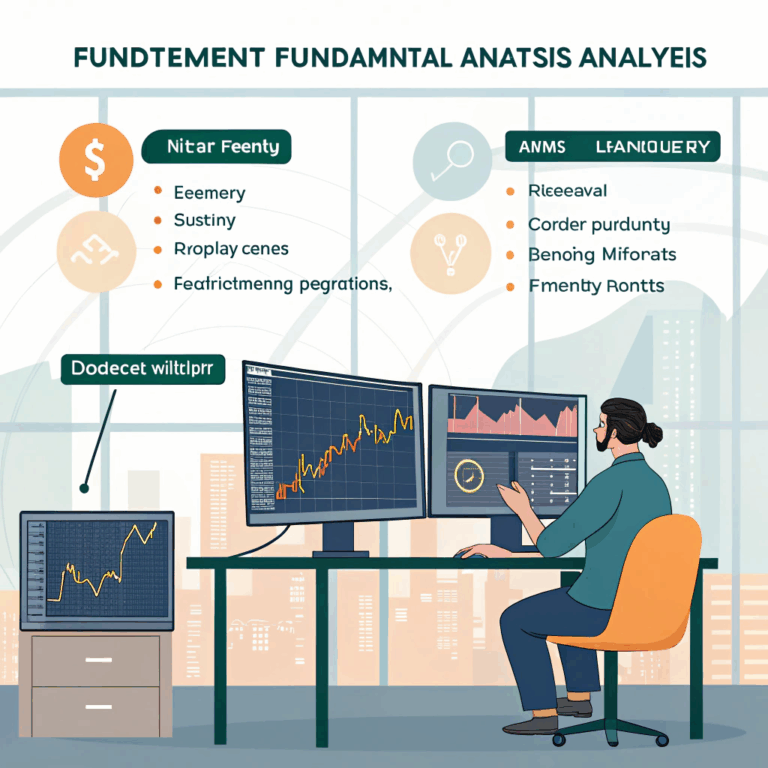What Is Leverage Trading? Understanding Margin Trading in 2025
Introduction
Leverage trading is one of the most powerful tools in a crypto trader’s arsenal, but it also comes with high risk. In 2025, more platforms than ever are offering margin trading, allowing users to trade with borrowed funds to amplify potential profits. However, with greater rewards come greater risks. This guide explains how leverage trading works, how to use it effectively, and how to manage the risks involved.
What Is Leverage Trading?
Leverage trading allows traders to borrow funds to increase their position size, effectively allowing them to trade larger amounts than they have in their account. For example, if you have 1 BTC in your account and use 10x leverage, you can trade up to 10 BTC. This means that any profits (or losses) will be multiplied by ten.
Leverage trading is often used in futures and margin trading, where traders can enter larger positions and amplify their returns.
How Leverage Trading Works
- Open a Margin Account: First, you need to open a margin account with a crypto exchange that supports leverage trading.
- Deposit Collateral: You’ll need to deposit some collateral (usually crypto or fiat) to borrow funds. This collateral acts as a guarantee for the borrowed money.
- Choose Leverage: You can choose the leverage ratio, such as 2x, 5x, 10x, or even higher.
- Place a Trade: After setting the leverage, you can place a trade with the larger position size.
- Pay Interest: On leveraged trades, you’ll also need to pay interest on the borrowed funds.
The Risks of Leverage Trading
While leverage can amplify profits, it also magnifies potential losses. If the market moves against you, you could lose more than your initial investment. For example, with 10x leverage, a 10% loss in the market means you’ve lost 100% of your invested capital. This is why leverage trading requires careful risk management.
To manage risks:
- Always use stop-loss orders to limit potential losses.
- Don’t use high leverage if you’re new to trading.





